Rising Demand for Automation
The 3d machine-vision market in India is experiencing a notable surge in demand for automation across various sectors. Industries such as automotive, electronics, and pharmaceuticals are increasingly adopting automated solutions to enhance productivity and reduce operational costs. This trend is driven by the need for precision and efficiency in manufacturing processes. According to recent data, the automation market in India is projected to grow at a CAGR of approximately 15% over the next five years. As companies seek to streamline operations, the integration of 3d machine-vision systems becomes essential, enabling real-time quality control and inspection. This rising demand for automation is likely to propel the growth of the 3d machine-vision market, as businesses recognize the value of advanced imaging technologies in maintaining competitive advantage.
Growing Focus on Quality Control
The emphasis on quality control in manufacturing processes is a significant driver for the 3d machine-vision market in India. As industries strive to meet stringent quality standards and customer expectations, the adoption of advanced inspection technologies becomes imperative. 3d machine-vision systems offer enhanced capabilities for detecting defects and ensuring product consistency. This focus on quality is particularly pronounced in sectors such as automotive and electronics, where even minor defects can lead to substantial financial losses. Recent studies indicate that companies implementing 3d machine-vision solutions have reported a reduction in defect rates by up to 30%. This growing focus on quality control is expected to propel the demand for 3d machine-vision systems, as businesses prioritize maintaining high standards in their production processes.
Technological Advancements in Imaging
Technological advancements in imaging technologies are significantly influencing the 3d machine-vision market in India. Innovations such as high-resolution cameras, improved lighting systems, and sophisticated software algorithms are enhancing the capabilities of 3d machine-vision systems. These advancements allow for more accurate and faster data processing, which is crucial for applications in quality assurance and defect detection. The introduction of 3d imaging solutions that can operate in challenging environments is also expanding the market's potential. As industries increasingly rely on precise measurements and inspections, the demand for cutting-edge imaging technologies is expected to rise. This trend suggests that the 3d machine-vision market will continue to evolve, driven by the need for enhanced performance and reliability in various applications.
Government Initiatives for Industry 4.0
Government initiatives aimed at promoting Industry 4.0 are playing a pivotal role in shaping the 3d machine-vision market in India. The Indian government has launched several programs to encourage the adoption of advanced manufacturing technologies, including automation and smart manufacturing solutions. These initiatives are designed to enhance the competitiveness of Indian industries on a global scale. For instance, the 'Make in India' campaign emphasizes the importance of integrating modern technologies into manufacturing processes. As a result, companies are increasingly investing in 3d machine-vision systems to comply with these initiatives and improve operational efficiency. The support from the government is likely to stimulate growth in the 3d machine-vision market, as businesses seek to align with national objectives and leverage technological advancements.
Expansion of E-commerce and Retail Sectors
The expansion of e-commerce and retail sectors in India is contributing to the growth of the 3d machine-vision market. As online shopping continues to gain traction, companies are increasingly investing in automated solutions to enhance their logistics and warehousing operations. 3d machine-vision systems are being utilized for inventory management, order fulfillment, and quality assurance in these sectors. The need for efficient and accurate processing of goods is driving the adoption of advanced imaging technologies. According to market forecasts, the e-commerce sector in India is expected to reach $200 billion by 2026, further amplifying the demand for automation and 3d machine-vision solutions. This expansion presents a lucrative opportunity for the 3d machine-vision market, as businesses seek to optimize their operations in a rapidly evolving retail landscape.


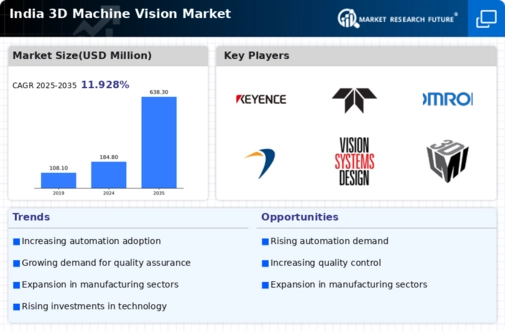
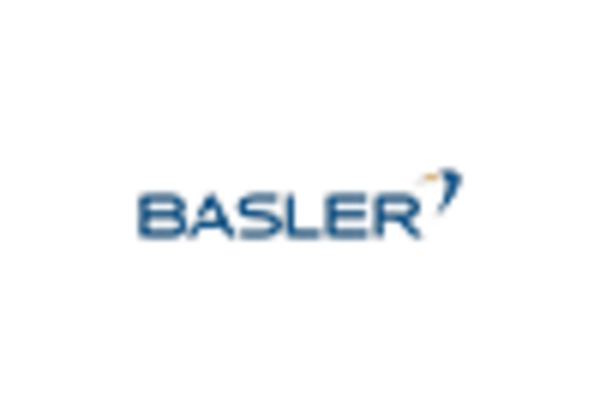
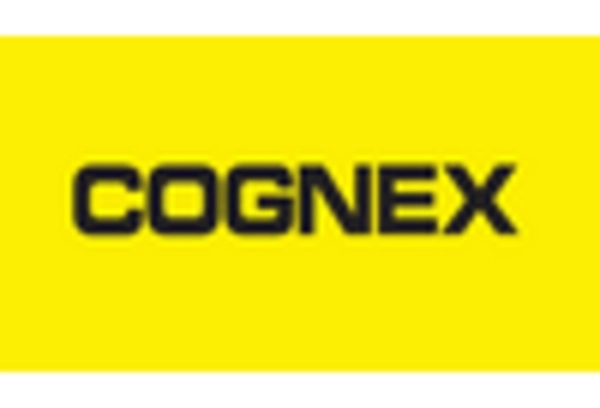


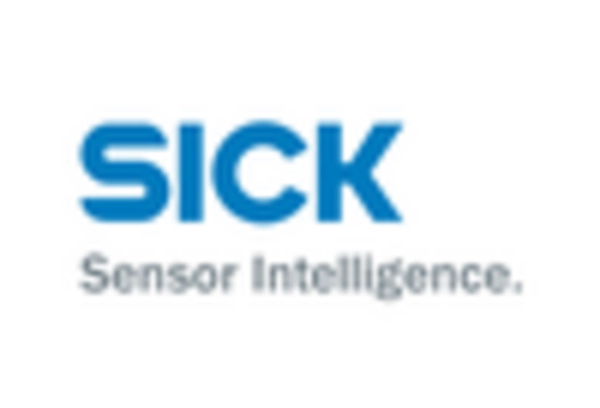
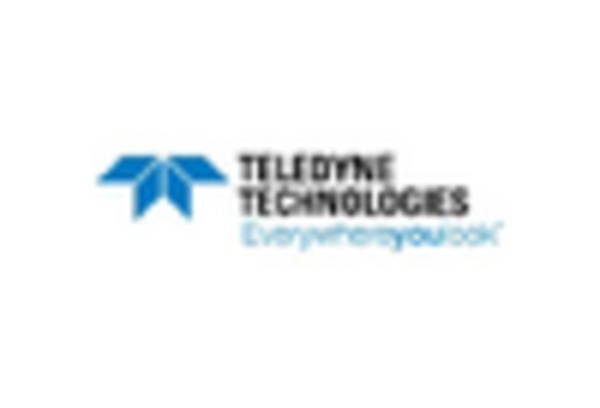








Leave a Comment